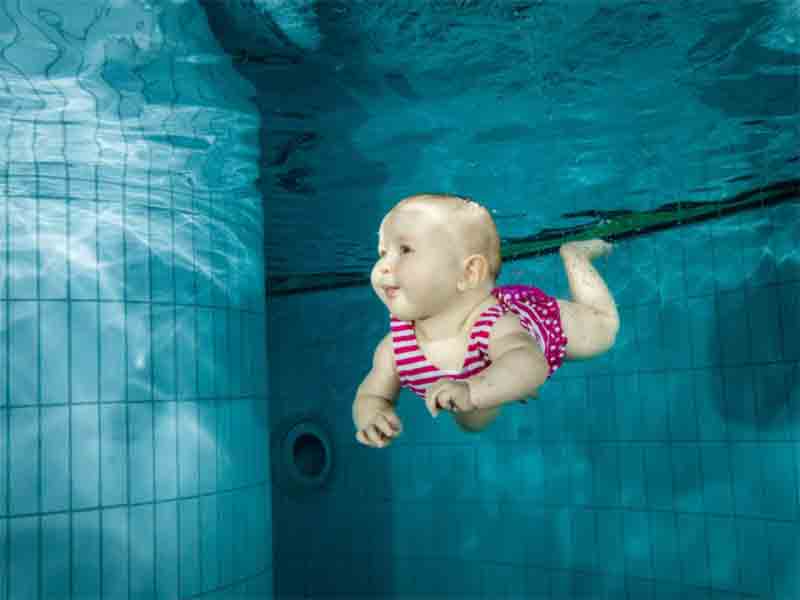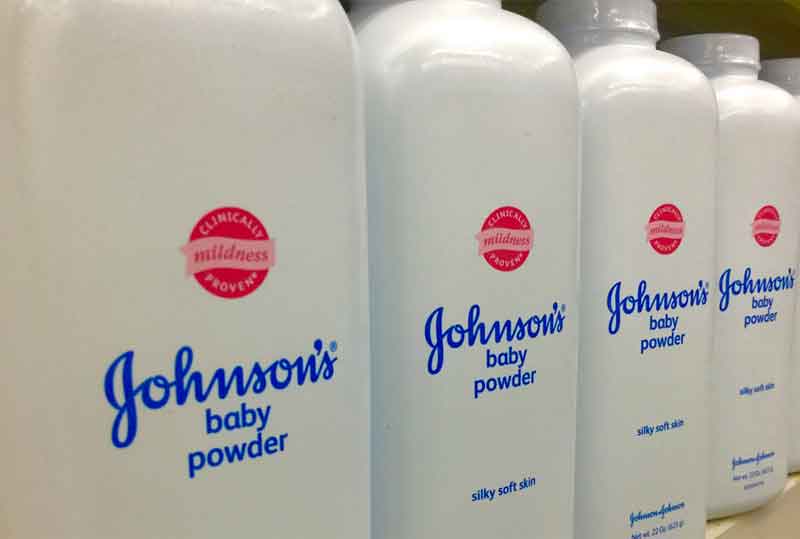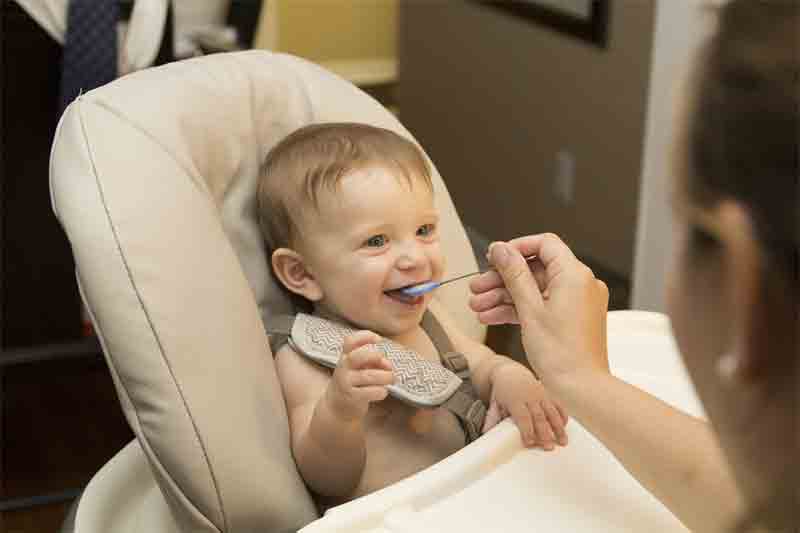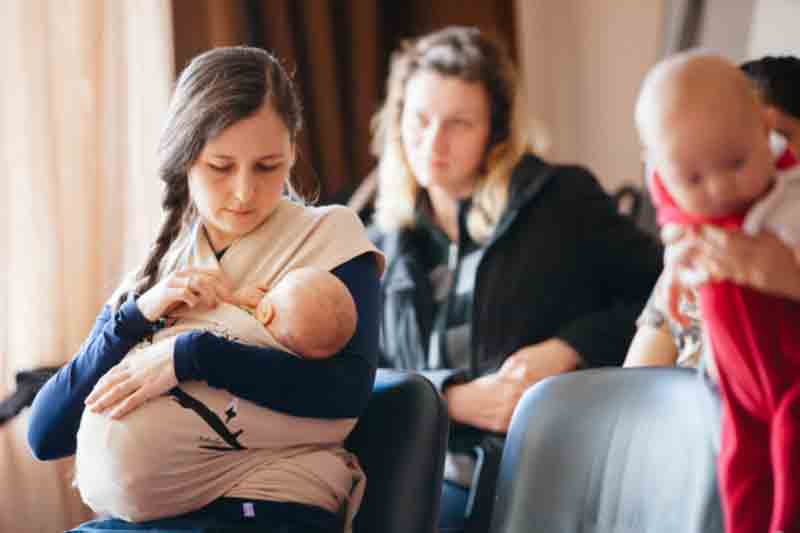Newborn Baby Swimming Tips and Lessons

Is it okay for a baby with diapers to splash around in the local pool? Can your child have plaster or ventilation tubes in the water safely? Can the bacteria that are in the pool or in the lake make your little one sick?
https://www.youtube.com/watch?v=lewKY4y3CLE
Babies and young children, can they use diapers in the water?
Pants and swimming diapers repel water and gently adjust the child’s thighs and waist, but they are not waterproof. If your child defecates in the water, it is possible that the stool leaks from the diaper.
A dirty diaper may contain germs that cause diarrhea and contaminate the water in the pool or other bathing places, including the cryptosporidium parasite. In healthy people, cryptosporidiosis infection causes diarrhea. The consequences can be more severe in people who have weakened immune systems.
Urine in water is less dangerous than fecal matter, but it is difficult to separate both when the child wears diapers. If you allow your child to swim with diapers, take breaks to change the diaper in the bathroom or to use the toilet. Do not allow your child to enter the pool if they have diarrhea.
Newborn Swimming Tips
Is it dangerous for a child to swallow water in the pool?
Your son will undoubtedly swallow water in the pool at some point, especially when he is learning to swim. Swallowing some water in the pool is usually not a concern, but swallowing a lot of water can cause illness. Encourage your child to spit out all the water that enters his mouth.
If you also can buy baby floatation devices, which will help your child float above the water. Resulting in not swallowing any water
Can a child swim with plaster?
Depends on the type of plaster:
- Gypsum splint If your child has a plaster splint placed on a cloth wrap, it should be kept out of the water. In general, it is not effective to try to protect the plaster splint with plastic bags.
- Fiberglass splint If your child has a fiberglass splint that is coated with a water repellent coating, there is usually no problem with swimming, as long as the doctor has authorized it. After swimming, it is important to completely rinse the inside of the splint with clean water. In general, you can let the splint dry out by contact with the air.
How to Introduce Your Baby to the Pool
Can children swim with ventilation tubes in their ears?
If your child has ventilation tubes in the ears (small cylinders that are placed in the eardrum to drain fluid and allow air to enter the middle ear) consult the doctor about what hearing protection you need to swim. Some doctors recommend that children with ear ventilation tubes wear earplugs when swimming to prevent bacteria from entering the middle ear. However, routine use of earplugs may only be needed when children are diving or swimming in untreated water, such as lakes and rivers.
What is the best way to prevent swimmer’s otitis?
Swimmer’s otitis is an infection that is often treated with prescription eardrops. To prevent swimmer’s otitis:
- Keep your ears dry. Recommend that your child wear earplugs when swimming. After swimming, dry your child’s ears, gently wiping the outer ear with a soft towel, or use a hair dryer. Place the hair dryer in the lowest setting and hold it at least a foot (about 30 centimeters) away from the ear.
- Preventive treatment in the home. If your child does not have perforated eardrums, use homemade eardrops as a prevention before and after swimming. A mixture composed of half of white vinegar and half of alcohol for topical use could help dry the ears and prevent the growth of bacteria or fungi that can cause swimmer’s otitis. Apply one teaspoon (about 5 milliliters) of the solution in each ear and then let the liquid out. You can find similar and over-the-counter solutions at the pharmacy.
- Avoid putting strange objects in your child’s ear. Do not use cotton swabs in your child’s ears, which can push the material deeper into the ear canal, irritate the thin skin inside the ear or hurt it.
What should be done with red eyes after swimming?
Exposure to chlorine can cause redness in children’s eyes. To relieve discomfort and reduce redness after swimming, wash your child’s eyes with a sterile eye solution or artificial tears. To avoid red or puffy eyes, recommend that your child wear protective glasses while swimming.
What is the best age to learn to swim?
Many children learn to ride a bicycle and swim on their own at the same age, more or less, and it usually happens during the summer before starting kindergarten. The American Academy of Pediatrics recommends for most children that swimming lessons start after age 4.
If you enroll a child under the age of 4 in a swimming program, choose one that requires parental involvement, has qualified teachers, has a happy atmosphere and involves a limited number of submersions. This way you will limit the amount of water your child can swallow.
Can children swim when they are sick or have cuts or scrapes?
Children who have a cold or other minor illnesses can swim, as long as they feel well enough to do so. In the same way, it is okay for children to swim if they have cuts and scrapes, as long as the wounds do not bleed.
Is it appropriate to swim immediately after eating?
It is appropriate to swim immediately after consuming a snack or a light meal. However, if your child feels powerless after consuming a heavy meal, recommend that he take a break before swimming.
Are hot tubs safe for children?
Young children can get hot quickly in a hot tub or steam bath. If you allow your child to use a hot tub or steam bath, make sure that he stays inside it for a short time, is always supervised and does not allow the child to immerse his head in the water. Long hair can become entangled in the grate of a hot tub without a cover and cause choking.
How should the baby’s first contact with water be? And what care should be taken when the baby begins his learning in the water?
Baby Swimming Tips for NewBorns
See How Much Babies Love Swimming





